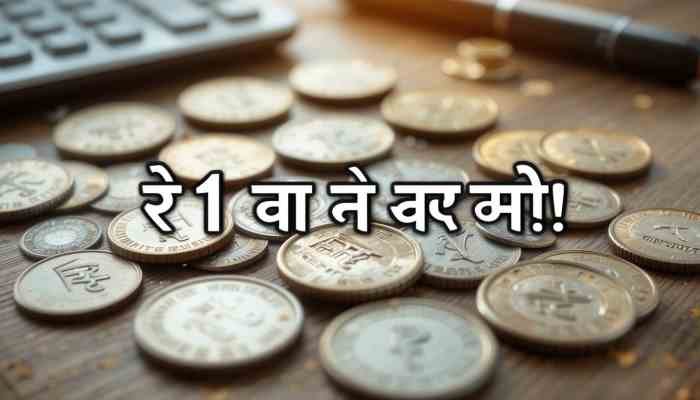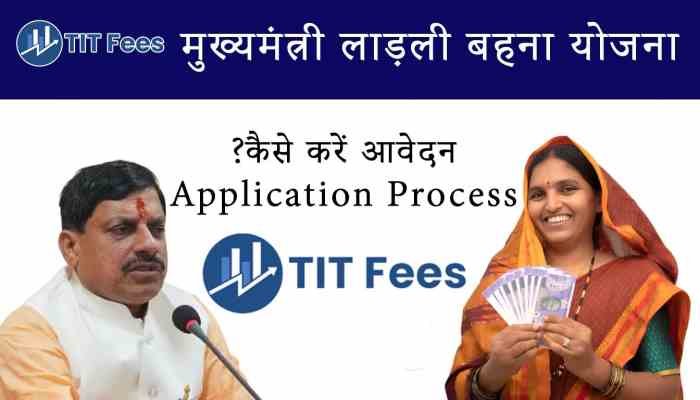Ek Rupee Coin Ka Manufacturing Cost Kitna Hoga? 2025 Guide
Introduction
Would you pay ₹110 for something worth ₹100? Of course not. But that’s exactly what the Indian government does when it mints a ₹1 coin—spending ₹1.11 to ₹1.28 per coin. In this article, I’ll answer Ek Rupee Coin Ka Manufacturing Cost Kitna Hoga?, why that seemingly pointless loss exists, how it ties into India’s economy, and what role coins play in our increasingly digital world.
Table of Contents
Why Is the Manufacturing Cost of a ₹1 Coin So High?
The ₹1 coin—first introduced in 1992—was made from stainless steel, which today costs significantly more than one rupee.
Here’s what drives the cost:
- Raw material price fluctuations: Global metal prices are volatile. Stainless steel, nickel-brass alloys, and electricity costs all push the figure past the face value.
- Labor and machinery: Mint presses in Mumbai, Hyderabad, Kolkata, and Noida (under SPMCIL and RBI oversight) require skilled labor, maintenance, and facility overhead.
- Logistics and quality control: Coins are stamped, counted, packaged, and distributed—each step adds to the final cost.
Why Does the Government Produce Coins at a Loss?
A ₹1 Coin Costs 11–28 Paise More To Mint
According to a 2018 RTI, the average cost of minting a ₹1 coin was ₹1.11. Other denominations follow:
- ₹2 coins at ₹1.28
- ₹5 coins at ₹3.69
- ₹10 coins at ₹5.54
“A penny saved is a penny earned,” said Benjamin Franklin—and it applies to government finances too: every small loss per coin adds up when minted in billions.
Why Continue Minting Despite the Loss?
₹1 Coins Play a Vital Role in Everyday Transactions
Without ₹1 coins, small change becomes tricky. Sellers would round up prices—say a ₹21 item could become ₹22—which nudges inflation upward. As economist Milton Friedman said, “Inflation is taxation without legislation.”
Even today, vendors charge ₹22 instead of ₹21 because they lack small denominations. So the ₹1 coin acts like a micro-stabilizer in India’s economy.
Coins vs Notes – Which Is Better?
Notes carry high security features: Mahatma Gandhi’s portrait, watermarks, security threads, and serial numbers. They cost more to produce and wear out in 6–12 months. Coins, by comparison, last nearly 20–30 years, making them more durable and eco-friendly over time.
Coins vs Notes – A Quick Comparison
pgsqlCopyEditDenomination | Manufacturing Cost | Lifespan | Security Features
-------------|---------------------|----------------|-------------------
₹1 Coin | ₹1.11–₹1.28 | ~20–30 years | Low
₹1 Note | ₹1.14–₹1.30* | 1–2 years | High
*Notes like ₹10 to ₹2000 cost ₹4–₹6 to print.
Why Is the ₹1 Coin Still Necessary for Consumers?
In small towns and villages, cash is still king. Bullock-cart fares, temple donations, chai stall purchases—these rely heavily on coins. And let’s not forget “chhutta”—that tiny change. It’s practical, everyday money.
Reddit users have discussed circulation issues:
“In Agra tiny one rupee coin… they don’t accept it”
“Coins are tedious to carry… people are lazy”
So while coins can sometimes circulate poorly, they’re widely needed.
Could the ₹1 Coin Be Discontinued?
Digital payments, UPI, mobile wallets—they’re all on the rise. Yet RBI still classifies ₹1 coins as legal tender. And Heraclitus reminds us: “Change is the only constant.” But for now, coins remain in circulation, despite digital dominance.
Manufacturing Process of a ₹1 Coin
Here’s a step-by-step breakdown:
- Raw materials: stainless steel or nickel-brass alloy
- Blanking: sheet metals cut into round discs
- Heating, shaping, and minting: stamped with symbols, Ashoka Pillar, year, and denomination
- Quality checks: weight, thickness, design consistency
- Packaging and distribution: shipped from Mumbai, Hyderabad, Kolkata, Noida to banks nationwide
What’s the Future of the ₹1 Coin in India?
RBI continues minting ₹1 coins—220 million coins per year routinely. Despite the loss, the coins serve inflation-control and cash-handling needs. Even if digital grows, coins likely remain essential for micro-economies.
FAQs: Ek Rupee Coin Ka Manufacturing Cost Kitna Hoga?
1: What is the cost of producing a ₹1 coin in India?
Between ₹1.11 and ₹1.28, based on 2018–2024 estimates .
2: Why does the government mint coins at a loss?
To prevent silent inflation by rounding up, support small transactions, and use long-lasting currency.
3: Is the ₹1 coin likely to be discontinued?
Not currently—RBI still acknowledges its necessity in physical and legal context.
4: Are ₹1 coins accepted everywhere in 2025?
Yes—auto fares, parking, chai stalls, temples. Though some places are rejecting them, most still accept them.
5: Is the ₹1 coin still legal tender?
Absolutely—RBI confirms its legal status alongside digital payment options.
Related Posts
- 2 Rupee Coin Ban
- How Currency Notes Are Made in India
- Why is the 1 Rupee Note Still Legal Tender
- MP Treasury IFMS Guide
Conclusion
So, Ek Rupee Coin Ka Manufacturing Cost Kitna Hoga? Official estimates place it at ₹1.11–₹1.28—sometimes even higher. Although this means a small loss per unit, the ₹1 coin remains vital for everyday commerce and helps curb inflation. With a lifespan of decades, it’s incredibly cost-effective long-term. In today’s digital-age India, coins are the unsung heroes of micro-payments.
Call-to-Action
What do you think—is the ₹1 coin still relevant in 2025, or should India phase it out? Share your thoughts in the comments, hit ‘share’ if you found this useful, and explore more insightful articles on our blog!







